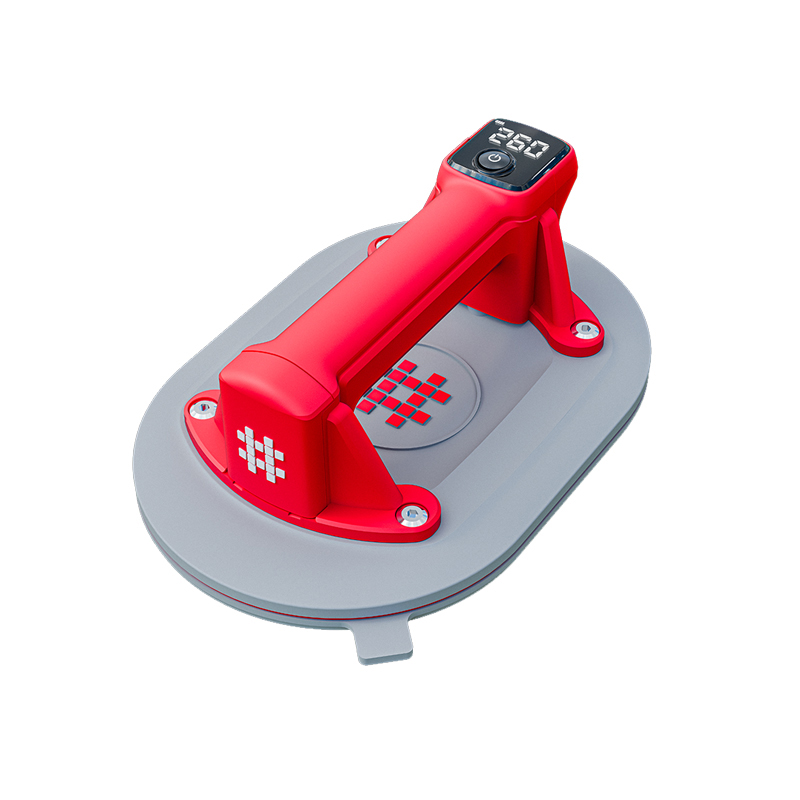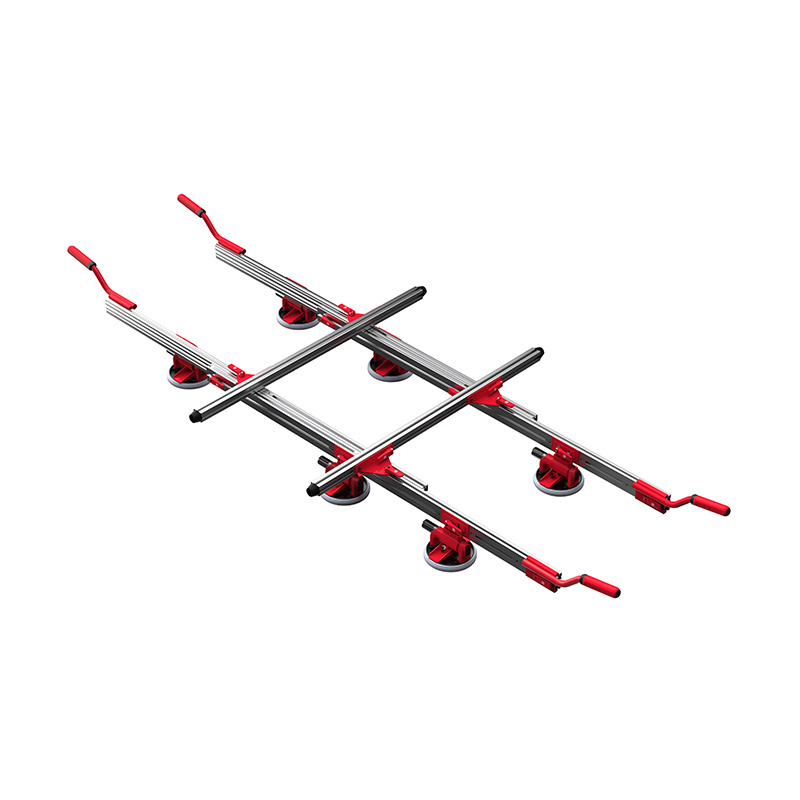You can learn the recent information of Shijing.

Choosing the right saw blade for a specific cutting task is crucial to ensure optimal performance, efficiency, and longevity of the blade. So what difference between ceramic saw blades and saw blades for rock slabs, and how to choose which one is more suitable?
(1)Ceramic saw blades are typically used for cutting softer materials such as ceramic tiles, porcelain, and glass. They are made with a high concentration of diamond particles that are embedded in a metal matrix. Ceramic saw blades are known for their long lifespan, high precision, and clean cuts.
One of the main advantages of ceramic saw blades is their ability to produce smooth and precise cuts. This is especially important when cutting tiles for installation, where even a slight deviation can result in uneven seams or poor-quality cuts.
Another advantage of ceramic saw blades is their long lifespan. Due to the high concentration of diamond particles, ceramic blades can withstand heavy use and abuse, making them an ideal choice for professional use.
However, ceramic saw blades are not recommended for cutting harder materials such as granite or other natural stones. Attempting to cut these materials with a ceramic blade will result in dulling the blade quickly, which can lead to a poor-quality cut, overheating, and even damage to the saw itself.
(2)Saw blades for rock slabs are typically made with diamond particles that are embedded in a metal matrix. Diamond is the hardest natural material on earth, which makes it an ideal choice for cutting through hard and dense materials.
One of the main advantages of saw blades for rock slabs is their ability to cut through dense and hard materials quickly and efficiently. Diamond blades can cut through granite or other natural stones in a matter of minutes, which makes them an ideal choice for larger and more complex cutting projects.
However, diamond saw blades require high-powered saws with water-cooling systems to ensure optimal performance and longevity. This can make them a more expensive choice compared to ceramic blades, which can be used with standard saws and do not require water cooling systems.
 English
English 中文简体
中文简体 русский
русский Español
Español Deutsch
Deutsch
.jpg)
.jpg)



-2.jpg)
.jpg)
-3.jpg)


.jpg)





.jpg)








